Up-to-date lighting shows off church’s stunning features
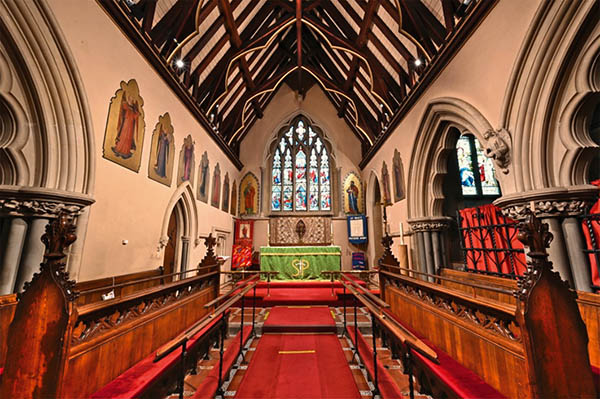 Dating back to around 1863, St Paul’s Church in Langleybury, Hertfordshire, is a Grade Two*-listed building in the Gothic Revival style, featuring tall proportions and a prominent spire. Inside, a wealth of features include carved angels, which adorn the springings of the arches within the nave, a beautiful carved stone chancel arch, wall paintings, memorials and a stunning timber roof.
Dating back to around 1863, St Paul’s Church in Langleybury, Hertfordshire, is a Grade Two*-listed building in the Gothic Revival style, featuring tall proportions and a prominent spire. Inside, a wealth of features include carved angels, which adorn the springings of the arches within the nave, a beautiful carved stone chancel arch, wall paintings, memorials and a stunning timber roof.
Read more: Up-to-date lighting shows off church’s stunning features
Heating specialists look back on a year spiced with variety
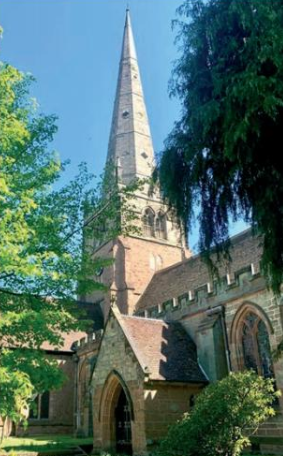 As winter closes in and Christmas approaches a number of churches will be able to offer a welcome to their restricted congregations that will be somewhat warmer, in the literal sense as well as the metaphorical, than they could last Christmas – thanks to new or upgraded heating systems installed by Stoke-on-Trent specialists Mellor and Mottram.
As winter closes in and Christmas approaches a number of churches will be able to offer a welcome to their restricted congregations that will be somewhat warmer, in the literal sense as well as the metaphorical, than they could last Christmas – thanks to new or upgraded heating systems installed by Stoke-on-Trent specialists Mellor and Mottram.
Over the spring and summer, we reported on projects ongoing at two Grade Two-listed churches near the company’s base in Staffordshire – both of which trace their origins back to medieval times.
Read more: Heating specialists look back on a year spiced with variety
Video takes us on a lightning journey through 75 years of history
 This year marks the 75th anniversary of the Association of Technical Lightning and Access Specialists (ATLAS) – the trade body that represents the lightning protection and specialist access industry. To celebrate this poignant milestone in its history, ATLAS takes us on a journey through 75 years of history in a new video, comparing landmarks in its history to worldwide events.
This year marks the 75th anniversary of the Association of Technical Lightning and Access Specialists (ATLAS) – the trade body that represents the lightning protection and specialist access industry. To celebrate this poignant milestone in its history, ATLAS takes us on a journey through 75 years of history in a new video, comparing landmarks in its history to worldwide events.
They include England winning the World Cup and the first Concorde flight – starting back in 1946 when the federation was founded and taking us right through to the current day, demonstrating how much the industry has progressed over the past 75 years.
Read more: Video takes us on a lightning journey through 75 years of history
Lightning can be a benefit as well as a threat
 To many people the idea of lightning being anything other than a threat to life and property would be unthinkable; but in a recent blog on their website, Nottingham-based Lightning Strike Ltd have pointed out that in many ways lightning can have a positive impact on the natural world.
To many people the idea of lightning being anything other than a threat to life and property would be unthinkable; but in a recent blog on their website, Nottingham-based Lightning Strike Ltd have pointed out that in many ways lightning can have a positive impact on the natural world.
The blogger reveals: “It may seem a strange statement, considering a direct lightning strike can destroy a tree, but it’s what happens afterwards that can benefit the land around it. While spring’s warm temperatures and rainfall both help to boost plants’ growth, bringing the landscape back to life, lightning gives nature an added boost, whatever the time of year.”
The challenges of ensuring fire safety in heritage buildings
 by DAVID WOODALL, South West Area Manager of Oculus Building Consultancy and the Assent Group
by DAVID WOODALL, South West Area Manager of Oculus Building Consultancy and the Assent Group
Fire and heritage sites don’t mix well. You need only think about significant fires at heritage sites in the past 40 years and you could probably name the three main ones that have made the news: Notre Dame, Windsor Castle and York Minster.
However, that only scratches the surface of the real story. Every year we lose heritage buildings to fire. Some are uninhabited or derelict, but many are in use today and the fires cause damage that is often irreversible, meaning that we lose more of our history.
Read more: The challenges of ensuring fire safety in heritage buildings
60 not out! David Armitage celebrates a lifetime in brick
 David Armitage, the founder and chairman of the award-winning York Handmade Brick Company, is celebrating 60 unbroken years in the brick industry.
David Armitage, the founder and chairman of the award-winning York Handmade Brick Company, is celebrating 60 unbroken years in the brick industry.
David joined the industry in 1961 as an apprentice fitter with his family firm George Armitage & Sons, based at Rothwell, near Wakefield. He moved into sales in 1963, eventually becoming Sales Director and later Marketing Director when the business boasted a £20m turnover.
Read more: 60 not out! David Armitage celebrates a lifetime in brick
Cadfael’s abbey has a ‘fine’ new sound system
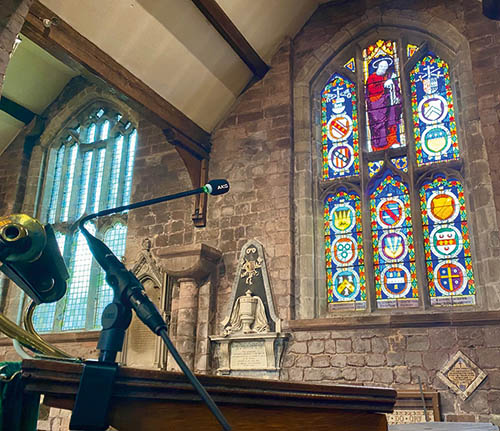 Shrewsbury Abbey has a fascinating history dating back almost 1,000 years. It was founded in 1083 by Roger de Montgomery, one of William the Conqueror's principal counsellors. In the 20th century the Ellis Peters character Brother Cadfael was portrayed as a Benedictine monk and herbalist at Shrewsbury Abbey.
Shrewsbury Abbey has a fascinating history dating back almost 1,000 years. It was founded in 1083 by Roger de Montgomery, one of William the Conqueror's principal counsellors. In the 20th century the Ellis Peters character Brother Cadfael was portrayed as a Benedictine monk and herbalist at Shrewsbury Abbey.
New report says embedding heritage-led regeneration key to historic towns' future
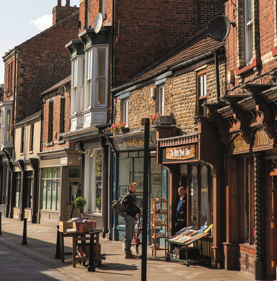 Embedding heritage-led regeneration within wider investment programmes aimed at revitalising high streets and enhancing local and regional infrastructure, will more effectively drive the growth and renewal of Britain’s historic town centres, says a new report from national planning and development consultancy, Lichfields.
Embedding heritage-led regeneration within wider investment programmes aimed at revitalising high streets and enhancing local and regional infrastructure, will more effectively drive the growth and renewal of Britain’s historic town centres, says a new report from national planning and development consultancy, Lichfields.
The ‘Historic Opportunities’ report comes at a time of changing fortunes for the nation’s historic towns and sheds light on the environmental, economic and social contributions that heritage-led regeneration can deliver long-term for hundreds of locations across the country.
Read more: New report says embedding heritage-led regeneration key to historic towns' future
Michelmersh nominated for 19 shortlisted projects for the BDA’s Brick Awards 2021
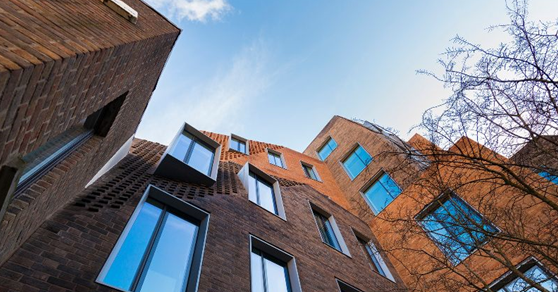 During August, shortlists for the highly commended and prestigious Brick Development Association’s (BDA) Brick Awards 2021 were announced. Michelmersh is thrilled to have featured 19 superlative shortlisted projects be announced in November. The Awards recognise excellence within design and construction.
During August, shortlists for the highly commended and prestigious Brick Development Association’s (BDA) Brick Awards 2021 were announced. Michelmersh is thrilled to have featured 19 superlative shortlisted projects be announced in November. The Awards recognise excellence within design and construction.
Each year hundreds of entries are submitted, and 18 prestigious trophies awarded. With an exceptional number of shortlisted projects in over 12 categories, Michelmersh is hopeful for another year of success. Proud to be sponsor of the Commercial category the British manufacturer is very much looking forward to celebrating the best of brick architecture and to congratulate the winners of this year’s Architect’s choice and Supreme Winner categories too.
Read more: Michelmersh nominated for 19 shortlisted projects for the BDA’s Brick Awards 2021
Looking for an audio-visual system to suit your style of worship?
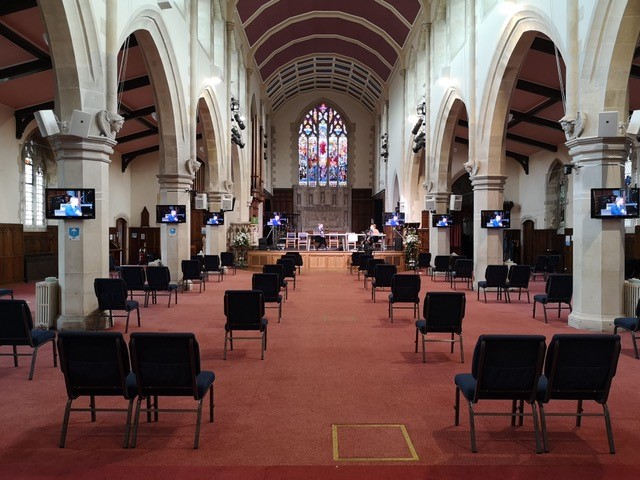
APi Sound & Visual are leading designers and installers of audio-visual systems for churches, community centres and heritage buildings in the South West and beyond.
Founded in Exeter in 2003, the team at APi Sound & Visual pride themselves at making technology work for people. Specialising in the design and installation of projection, sound and streaming systems; they are also installers of hearing loop systems and CCTV.
Read more: Looking for an audio-visual system to suit your style of worship?
JW & Co raise the roof with 150th anniversary celebrations
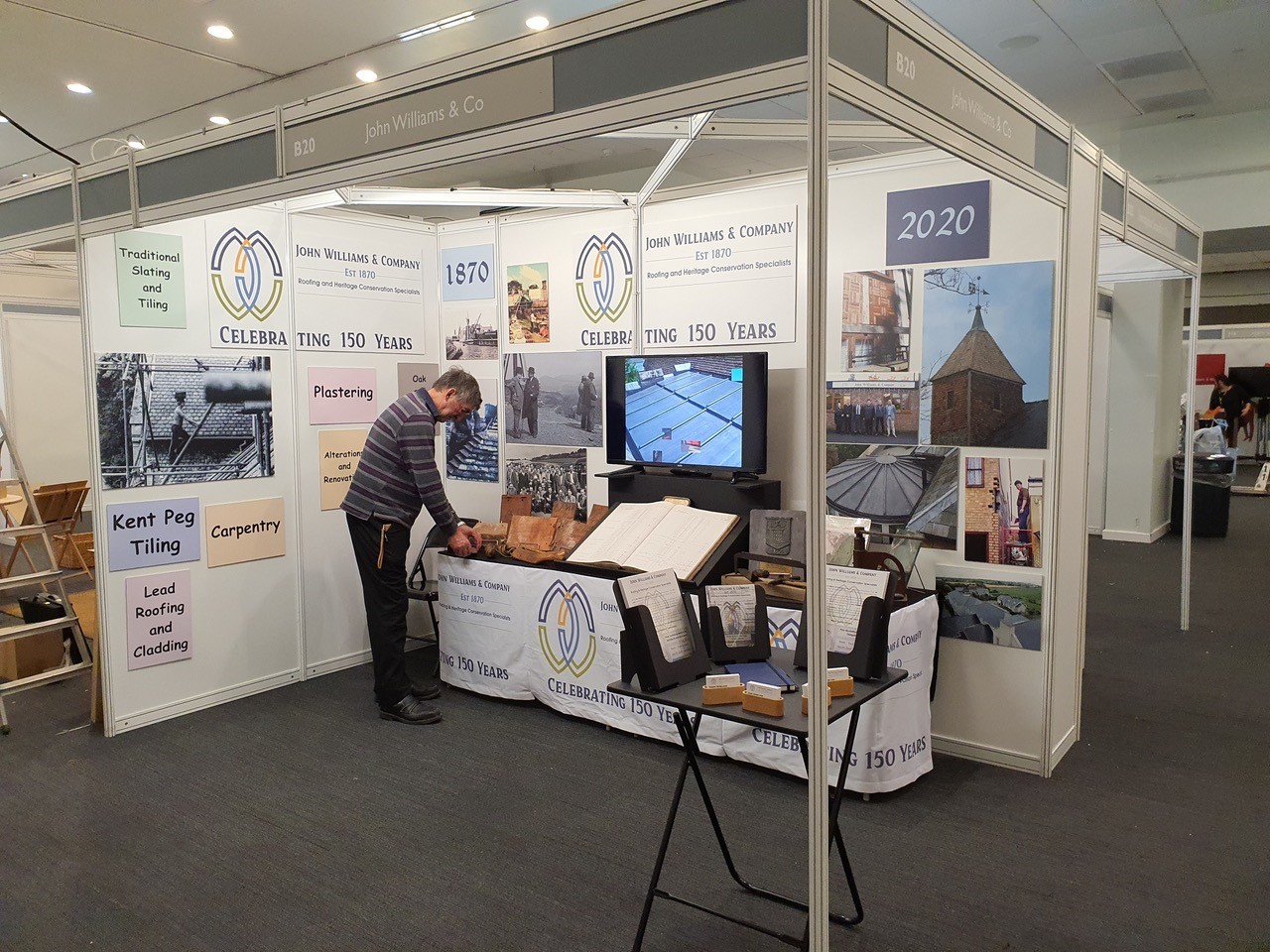 John Williams & Company (familiarly known as JW & Co) is a well-known name in the roofing and slating trades and has been for well over a century. In fact, the firm celebrated its 150th anniversary last year.
John Williams & Company (familiarly known as JW & Co) is a well-known name in the roofing and slating trades and has been for well over a century. In fact, the firm celebrated its 150th anniversary last year.
The date of 1870 as the establishment of the company lies in Whitaker’s Red Book of Business, published in 1907. The entry tells us that JW & Co was established in 1870 especially to transport slate from the Dinorwic slate quarries in North Wales.
Read more: JW & Co raise the roof with 150th anniversary celebrations
Michelmersh wins four awards at the BDA’s Brick Awards 2021
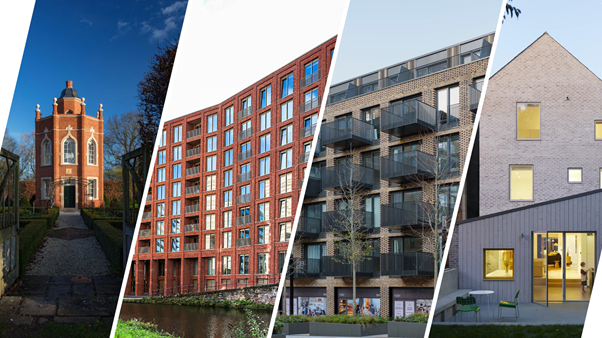 Michelmersh is proud to announce that it won four awards and was highly commended for another four at Wednesday night’s 2021 BDA Brick Awards. With stunning trophies designed by award-winning designer, architect and researcher, Maria Gasparian, the 45th Brick Awards received a record number of entries. In her final year as Head Judge, Hilary Satchwell led a team of 14 esteemed judges with the unenviable task of selecting the best of the best.
Michelmersh is proud to announce that it won four awards and was highly commended for another four at Wednesday night’s 2021 BDA Brick Awards. With stunning trophies designed by award-winning designer, architect and researcher, Maria Gasparian, the 45th Brick Awards received a record number of entries. In her final year as Head Judge, Hilary Satchwell led a team of 14 esteemed judges with the unenviable task of selecting the best of the best.
All categories received superb examples of brickwork, taking friendly rivalries to a new level and showcasing the best talent the UK Brick industry has to offer.
Read more: Michelmersh wins four awards at the BDA’s Brick Awards 2021
Ecclesiastical Insurance and University College London extend partnership to support next generation of heritage leaders
 Specialist heritage insurer Ecclesiastical Insurance has pledged a further £72,500 to University College London (UCL) to support the development of heritage leaders.
Specialist heritage insurer Ecclesiastical Insurance has pledged a further £72,500 to University College London (UCL) to support the development of heritage leaders.
Since 2004 Ecclesiastical Insurance has donated over £350,000 to UCL to offer scholarships that support students studying the Sustainable Heritage MSc.
The Sustainable Heritage MSc teaches heritage management and conservation best practice. The course introduces students to conservation policies, projects, methodologies and practices in the context of historic buildings, sites, landscapes and collections.













